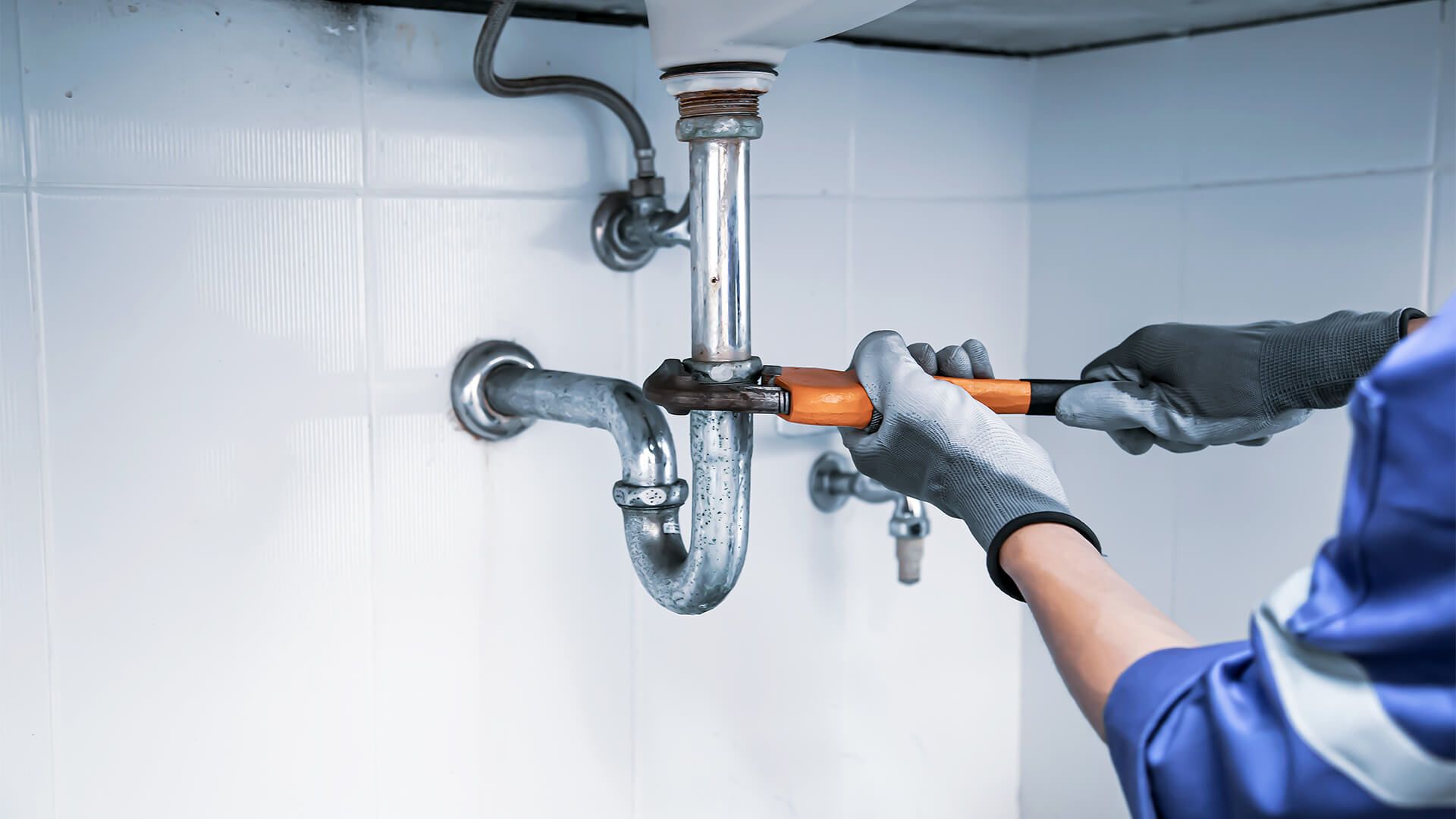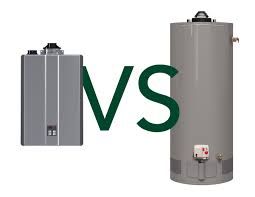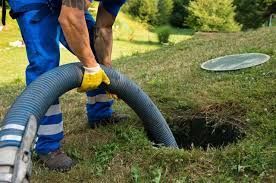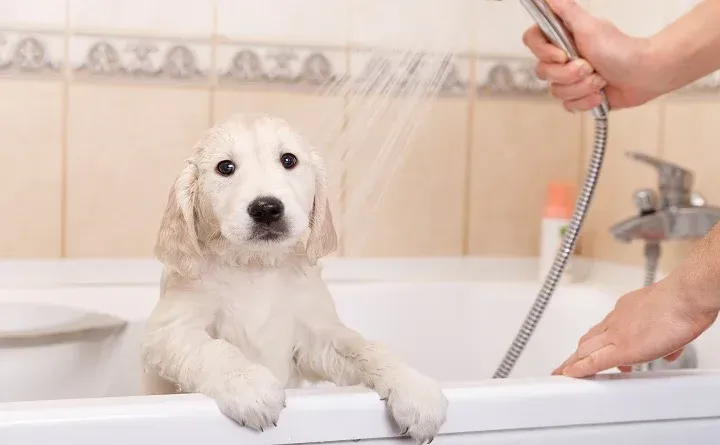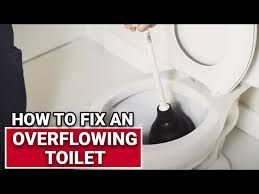Preventing Basement Floods with Proper Sump Pump Maintenance
A flooded basement can be a nightmare for any homeowner, leading to costly repairs, mold growth, and structural damage. One of the most effective ways to prevent basement flooding is by maintaining your sump pump. This crucial device is designed to redirect water away from your home's foundation, but it can only function properly with regular care. In this guide, we’ll explore the importance of sump pump maintenance and provide actionable tips to keep it in top shape.
"How to Choose the Right Sump Pump for Your Home"
Why Sump Pump Maintenance Matters
A well-maintained sump pump ensures efficient water removal during heavy rains, snowmelt, or plumbing leaks. Neglecting maintenance can result in system failures when you need it most, leaving your basement vulnerable to flooding. Regular maintenance prolongs the pump’s lifespan and saves you money on repairs or replacements.
Key Maintenance Steps for Your Sump Pump
1. Inspect the Sump Pump Regularly
Conduct visual inspections every few months to check for visible wear, cracks, or corrosion. Look for loose connections or debris around the pump that could impede its function. .Ensure that protective coverings or enclosures are intact, as these are crucial for safeguarding the components from environmental factors. Maintain a record of each inspection to track any changes over time; this documentation can be invaluable for identifying trends that might indicate a developing issue. If any anomalies are detected, address them promptly to prevent further damage and maintain optimal performance.
2. Test the Pump’s Functionality
Pour a bucket of water into the sump pit to activate the pump. Ensure it turns on automatically, pumps water out efficiently, and shuts off correctly. If the pump struggles or fails, it may need repair or replacement. If the pump operates smoothly, check the discharge pipe for any blockages or kinks that might hinder the water flow. Make sure the float switch is free to move and not obstructed by debris; this is crucial for the pump to function properly. Observing the pump in action allows you to identify any unusual noises or vibrations that could indicate underlying issues.
3. Clean the Sump Pit
Over time, dirt, debris, and small objects can accumulate in the sump pit, potentially clogging the pump. Remove these items to ensure water flows freely into the system. Regular maintenance is essential to prevent any buildup that could hinder the pump's performance. Inspect the sump pit periodically, ideally every few months, and clear out any accumulated materials. Additionally, check the pump’s intake screen for any obstructions that might restrict water flow. If you notice any signs of wear or damage on the pump itself, consider replacing it to avoid unexpected failures during heavy rainfall or flooding.
4. Examine the Discharge Pipe
The discharge pipe carries water away from your home. Inspect it for blockages, cracks, or disconnections. Ensure it directs water far enough away from your foundation to prevent recirculation. .If you notice any issues during your inspection, it's crucial to address them promptly. Blockages can often be cleared with a plumber's snake or high-pressure water jetting, while minor cracks may be sealed with appropriate waterproofing tape or sealants. For disconnections, realigning the pipes and securing them with brackets or connectors can restore proper functionality.
5. Check the Power Supply
A sump pump is only effective when it has a reliable power source. Ensure the pump is securely plugged into a functioning GFCI outlet. Test the backup battery (if applicable) and replace it as needed. Additionally, it’s essential to regularly inspect the sump pump for any signs of wear or damage. Check the pump's float switch, making sure it moves freely and isn’t obstructed by debris. Clean any buildup of dirt or sediment from the sump pit to allow for proper drainage. Keep the discharge pipe clear and ensure it’s funneling water away from your home’s foundation to prevent flooding.
6. Maintain the Float Switch
The float switch triggers the pump when water levels rise. Ensure it moves freely without getting stuck, as a malfunctioning float switch can prevent the pump from activating. Regularly inspect the float switch to catch any issues early. Debris or sediment can accumulate around it, hindering its movement. If necessary, clean the area around the switch to ensure unobstructed operation. Furthermore, test the float switch periodically by simulating a rise in water levels to confirm that the pump engages and disengages as intended. This proactive maintenance will help prevent unexpected flooding and prolong the life of the pump
7. Service the Check Valve
The check valve prevents water from flowing back into the sump pit. Test it periodically to ensure it’s working correctly. Replace it if it shows signs of wear. .Make sure to inspect the valve's seals for any cracks or degradation, as these can lead to leaks and reduced efficiency. If you notice any buildup of debris or mineral deposits around the valve, clean it gently to maintain optimal performance
Seasonal Maintenance Tips
Spring and Summer
Check the sump pump before the rainy season starts.
Clean and test the system monthly during periods of heavy rain.
Fall and Winter
Clear leaves and debris from the discharge area.
Insulate pipes and ensure they are free from blockages to prevent freezing.
Signs Your Sump Pump Needs Professional Attention
While DIY maintenance covers the basics, some issues require professional expertise. Watch for these warning signs:
Persistent loud noises or vibrations during operation.
Pump cycles frequently without removing water effectively.
Unusual odors indicating electrical or mechanical problems.
Water pooling around the foundation despite the pump running.
A pump older than 7-10 years with declining performance.
The Cost of Neglect
Failing to maintain your sump pump can lead to:
Basement Flooding: Thousands of dollars in water damage repairs.
Health Hazards: Mold and mildew growth, affecting air quality.
Premature Replacement: Frequent neglect reduces the pump’s lifespan, leading to expensive replacements.
DIY Maintenance vs. Professional Inspections
Homeowners can handle basic maintenance tasks such as cleaning the pit, testing the pump, and inspecting visible components. However, annual professional inspections ensure the system operates at peak efficiency. Professionals can identify hidden issues, perform detailed cleanings, and recommend upgrades if necessary.
Conclusion
Proper sump pump maintenance is the cornerstone of basement flood prevention. By following regular maintenance routines and addressing problems promptly, you can protect your home from water damage, ensure a healthy living environment, and save on costly repairs. Don’t wait for a rainy day—start caring for your sump pump today to enjoy peace of mind tomorrow.

